Super Bowl commercials are incredibly underpriced – even at a $5 million+ price tag, they should cost way more than they do in 2019.
If you told me that you have $25 million and you wanted to sell some stuff, I would look at Super Bowl commercials first — then I would look at Facebook, Instagram, and YouTube ads.
This is why I talk a lot about being in the attention business over the social media business. The only reason I’m interested in social media is because it has captured the attention of so many.
The Super Bowl is one of the single biggest events in America. Virtually everyone is watching – and the attitudes towards Super Bowl ads haven’t really changed for over a decade.

I felt it back in 2014, when I didn’t watch the Super Bowl. I just laid in bed. It felt surreal – it was mind blowing knowing that all of America was doing one thing, and my brother AJ and I were just sitting in silence.
For me, that really drilled home the fact that this is such a massive event in America with so much attention around it.
From a marketing standpoint, there’s a “brand” that’s been built around Super Bowl commercials. The reason I’m so bullish on them because the commercials actually get consumed. During the event, there are always a ton of people watching them, and even after the event people love to look up Super Bowl commercials on YouTube and vote on the best ones.
When it comes to regular TV, the “event” is to consume the actual TV show and reach for your phone during the commercial breaks. The event is not to consume the commercial — but during the Super Bowl, the commercials are a big part of the fun. .
And that’s why I think the ROI is there — even if it’s $4 million or $5 million for a short spot.
I think it’s worth $10 million or more.
I spoke to Jennifer Saenz (CMO at Frito-Lay) and Greg Lyons (CMO at PepsiCo) about how they’re thinking about Super Bowl commercials as marketing leaders at major brands.
Listen to the podcast here, or read below for the full details:
The ROI of Super Bowl Commercials
When we first started talking about commercials and how we thought about them, Greg took the conversation in a fascinating direction.
For PepsiCo, what has also been a great opportunity (in addition to running commercials) is sponsoring the Super Bowl halftime show. Given the context of the show and the brand of Pepsi, they’ve been able to use the halftime show to help cement themselves into pop culture. Every year that Pepsi sponsored the halftime show, they were the most talked about brand on Twitter.
I also asked Jen and Greg about the actual business impact of Super Bowl commercials as well and how she thinks about that at Frito-Lay.
I always enjoy talking about ads that drive sales. I’m a salesman at heart and driving business results is a super important part of this whole equation.
For a brand like PepsiCo, it’s a clear positive ROI investment. People consume Pepsi products while they watch the game. People shop for their products before the game. Unlike an insurance company or a car company, there’s a stronger level of practicality for a brand like Pepsi to invest in these commercials.
The thing about Super Bowl Commercials in 2019 is that companies are able to release a portion in advance. Instead of just releasing a commercial and having it consumed during the game, they’re able to release teasers for the commercial leading up to it.
And that helps. A lot.
Because companies are putting out teasers of the commercials ahead of the Super Bowl, it makes even more sense. That means that they’re able to influence the purchase decision before the game when consumers are in Walmart or Safeway shopping for snacks.
It can also be incredibly exciting for employees at those companies to see their company’s ad on TV.
How Brands Have Gotten Smarter About Their Commercial Strategy
Over the past several years, companies have taken a slightly different strategy when it comes to creating commercials for the Super Bowl.
Dr. Pepper did this years ago with the #ImA hashtag:

Reebok did this as well. Notice the screen at the end of this old Reebok commercial:

This was the start of brands trying to focus on continuing the conversation around their advertisement. The best commercials create some sort of action that viewers can take after they finish watching the commercial — whether that’s tweeting a hashtag to be part of a conversation, liking a Facebook page, or something else.
For example, one really good way to do this is by playing part of the commercial on TV, and forcing people to consume the rest of it on a social media platform.
How This Is Similar to Small Business Marketing
I wanted to contextualize the conversation more for my readers and listeners, since I know most of you aren’t in high level positions at brands making marketing decisions. So I asked Jen and Greg what small businesses could learn companies like PepsiCo or Frito-Lay.
I loved what Jen said:
Ultimately, it comes down to storytelling and understanding what types of content will create buzz and get people talking. It becomes even more important to tap into those currents of conversation. As long as you’re interested in stories and creating content around what your audience would love, you’ll be able to crack an amazing creative idea.
Companies like Pepsi can afford to use celebrities to “cut through” into relevancy, but small businesses and startups can use influencers. At the end of the day it’s the same game, it’s just a smaller version of what a brand like Pepsi can do.
All in all, I have a tremendous amount of respect for these two — being the inside of this industry, I know how much work it really takes and I admire them so much for it.
Listen to the full podcast episode here:

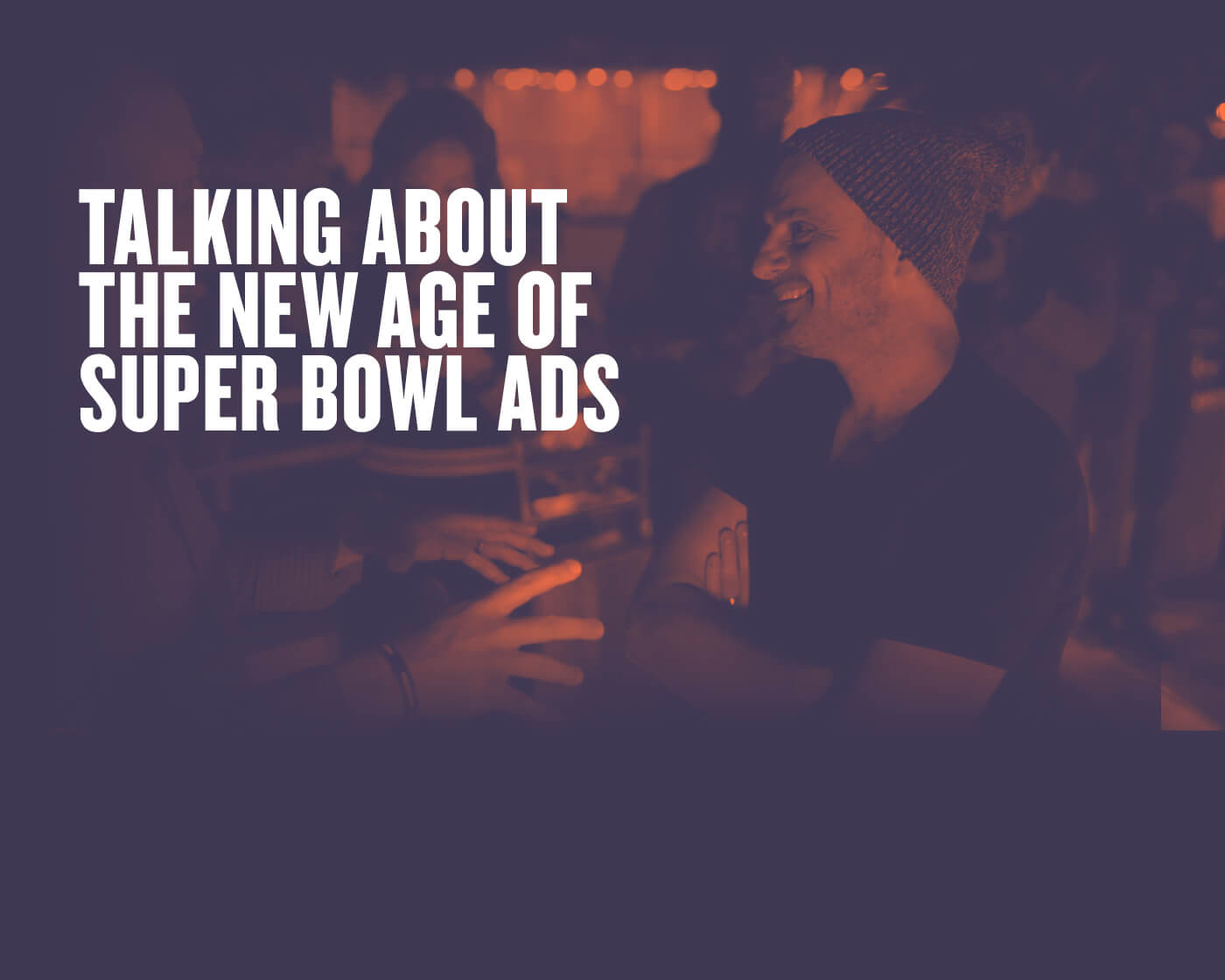



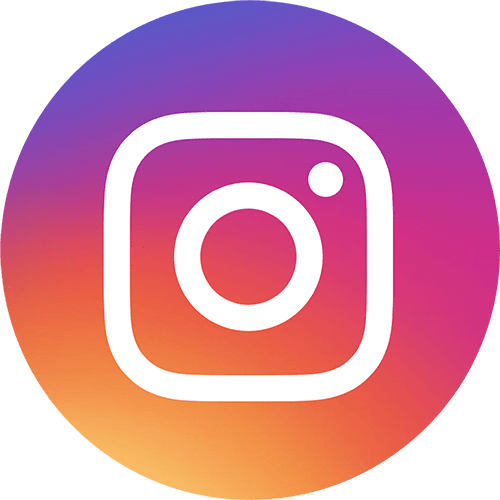

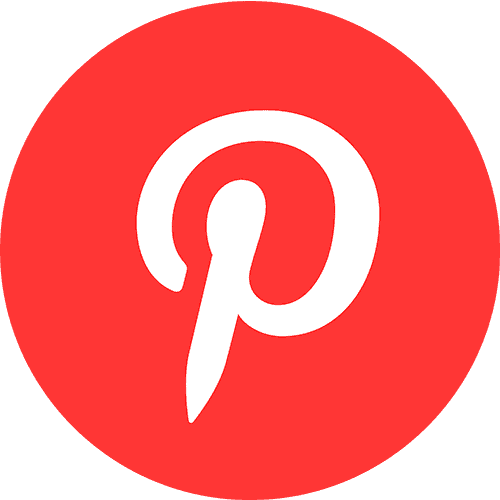


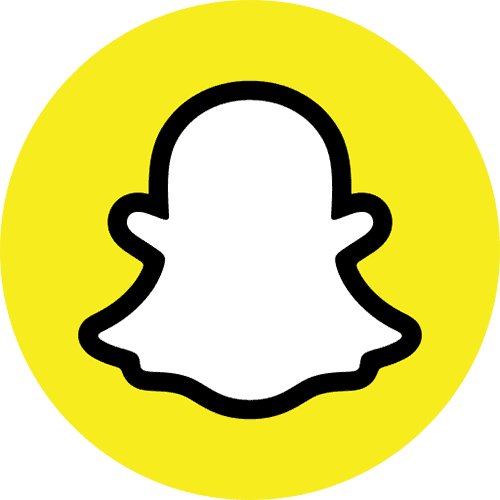
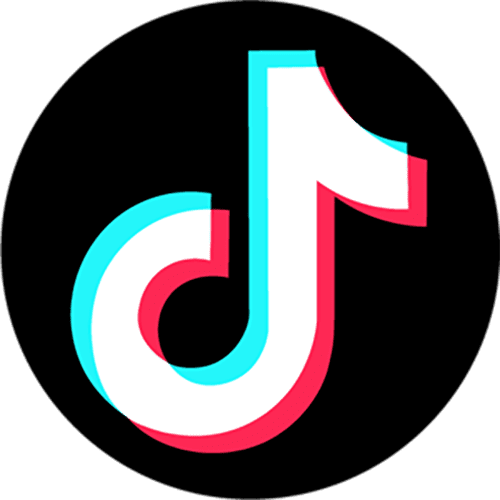
에스퍼게임바둑이
https://www.youtube.com/@GILMONG201
https://new-software.download/windows/kakao-map/
https://www.youtube.com/channel/UCeVNIN2PoYFRDmFyYRmK7bQ
https://mintfin.tistory.com/tag/해피콘20바로가기
https://edithvolo.com/영풍문고-재고확인/
https://sportscom.co.kr/emis-bag/
https://new-software.download/windows/vrew/
Tham gia ngay Rbviet.net Rbviet để tận hưởng cá cược esports chuyên nghiệp, với hệ thống bảo mật hàng đầu, giao dịch siêu tốc và hàng loạt ưu đãi dành riêng cho bạn. – 2025 April 10, 17:13
https://www.youtube.com/channel/UCe0Qrv4HvRK_iup3X_cNdBA
Recommend safe Toto sites that have been verified for scams and share information on scam sites
Recommend safe Toto sites that have been verified for scams and share information on scam sites
Zencortez
Zencortez
Профессиональный сервисный центр по ремонту бытовой техники с выездом на дом.
Мы предлагаем:сервисные центры по ремонту техники в мск
Наши мастера оперативно устранят неисправности вашего устройства в сервисе или с выездом на дом!
스포츠중계 Here is where i look for Sports analysis and watch sports broadcasts pc & mobile for free 올인티비 today!
There’s an undeniable charm in how you express even the simplest thoughts with depth.
Excellent article! Very well written and informative. 스포츠무료중계
I always feel a little more hopeful and grounded after reading your posts. Thank you for that gift.
The emotional resonance of your posts creates a powerful connection with readers—thank you for writing with such vulnerability.